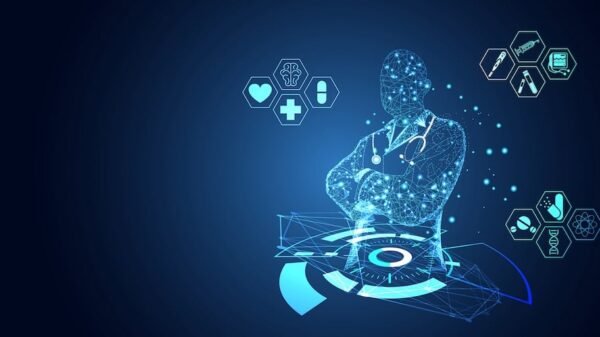Neurological Enhancement: Advancing Human Cognitive Potential
Introduction to Neurological Enhancement
Neurological enhancement refers to a broad field of technologies designed to augment human brain function, including memory, focus, learning speed, and sensory perception. Through innovations like brain-computer interfaces (BCIs), neurostimulation, and cognitive wearables, scientists aim to not only treat neurological disorders but also amplify natural cognitive abilities.
The Science Behind Brain Augmentation
At the core of neurological enhancement is the understanding of neural plasticity—the brain’s ability to adapt and rewire. Technologies such as transcranial magnetic stimulation (TMS) and transcranial direct current stimulation (tDCS) exploit this plasticity by modulating brain activity, improving cognition in both clinical and non-clinical settings.
Brain-Computer Interfaces (BCIs)
One of the most promising breakthroughs is the development of BCIs, which create a direct communication pathway between the brain and external devices. BCIs are being used to help paralyzed individuals control prosthetics or communicate via thought, and in the future, they may offer cognitive boosts for memory or mental calculations.
Neurostimulation for Cognitive Enhancement
Non-invasive neurostimulation techniques like TMS and tDCS have shown potential to enhance attention, creativity, and mood regulation. These techniques deliver targeted electrical impulses to specific brain regions, making them appealing for use in education, workplace productivity, and mental health.
Pharmaceutical Nootropics and Smart Drugs
In parallel with hardware-based approaches, pharmaceutical cognitive enhancers—or nootropics—are also part of the neurological enhancement landscape. Drugs like modafinil, methylphenidate, and racetams are already being used (legally and off-label) to enhance alertness, memory, and focus, especially among students and professionals.
Applications in Mental Health Treatment
Neurological enhancement technologies are increasingly used to treat conditions like depression, anxiety, PTSD, and ADHD. For example, TMS is FDA-approved for treatment-resistant depression, and BCIs are being tested for emotional regulation in trauma patients.
Neurotech in Education and Learning
Students may benefit from targeted cognitive enhancement technologies that improve attention span, language acquisition, and memory retention. Wearable neurotech devices that monitor and adjust brain activity could transform how learning is personalized in the classroom or through e-learning platforms.
Boosting Workplace Productivity
In corporate environments, neurological enhancement could redefine productivity tools. Wearables that track mental fatigue or devices that stimulate alertness during tasks could optimize performance in high-stress or high-focus roles, such as air traffic control or financial trading.
The Role of AI in Neurological Monitoring
Artificial intelligence plays a vital role in interpreting complex brain data. AI-enhanced neurotech can adapt stimulation patterns in real-time, personalizing interventions based on the user’s cognitive state, thus improving effectiveness and safety.
Ethical Considerations and Equity
While neurological enhancement presents immense potential, it also raises ethical concerns. Questions around cognitive inequality, consent, mental privacy, and long-term safety are gaining attention. There’s growing debate about how enhancements might widen social gaps if only accessible to the wealthy.
Military and Defense Applications
Defense agencies are exploring neurological enhancement to improve soldier cognition, stress resilience, and situational awareness. These enhancements could lead to more effective decision-making in high-pressure scenarios, though they also introduce new risks and ethical debates around soldier autonomy.
Legal and Regulatory Challenges
As neuro-enhancement tools move from medical to mainstream use, regulatory frameworks must evolve. Determining what constitutes therapy versus enhancement, ensuring data privacy, and managing user safety will be central to their legal adoption worldwide.
Wearables and Consumer Neurotech
Consumer-facing neurotech—like brain-training headsets or EEG monitors—are making brain enhancement accessible to the public. While many of these devices are still in early stages, their adoption in wellness, meditation, and even gaming is growing.
Future Possibilities: From Telepathy to Thought-Based Computing
Long-term visions for neurological enhancement include telepathic communication, memory downloads, and controlling digital interfaces purely through thought. While still speculative, rapid advances in nanotechnology, AI, and neural recording hint at a future where such capabilities may become feasible.
Conclusion: The Next Frontier of Human Evolution
Neurological enhancement stands at the intersection of medicine, neuroscience, and technology, offering tools that could transform how humans think, learn, and function. As these innovations move forward, careful balancing of scientific promise with ethical responsibility will be essential to ensure their benefits are shared broadly and wisely.



































